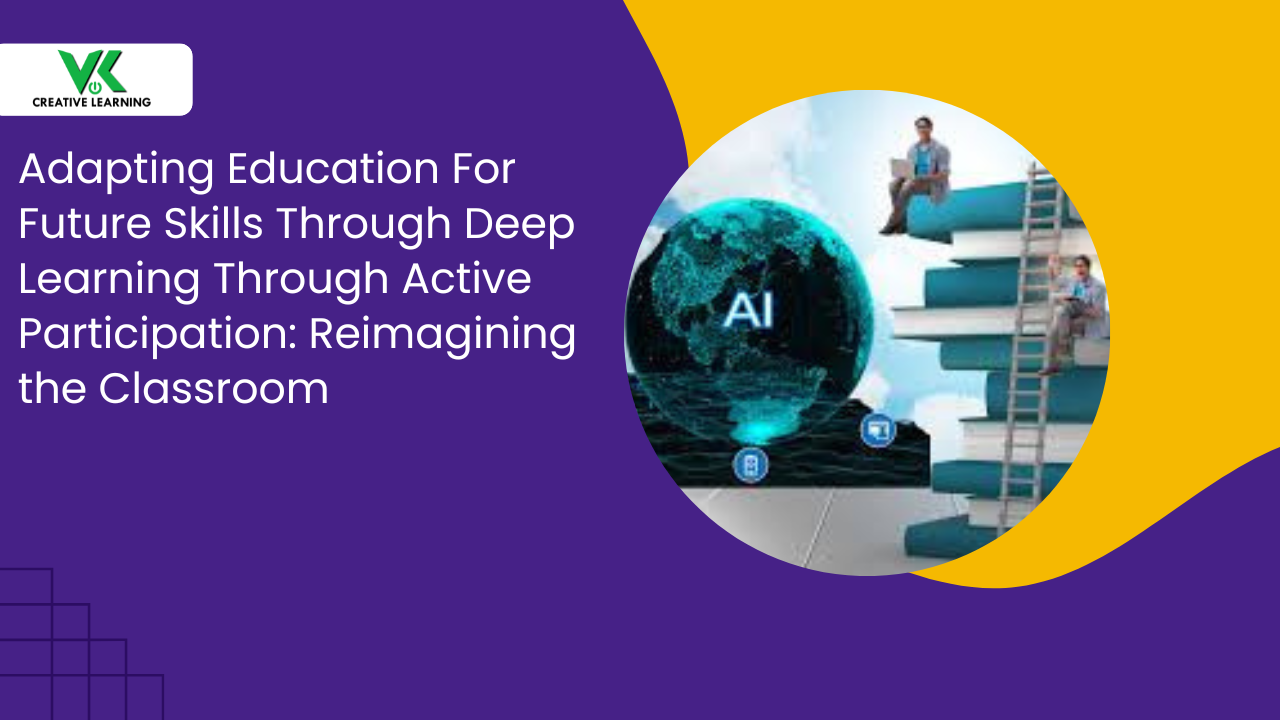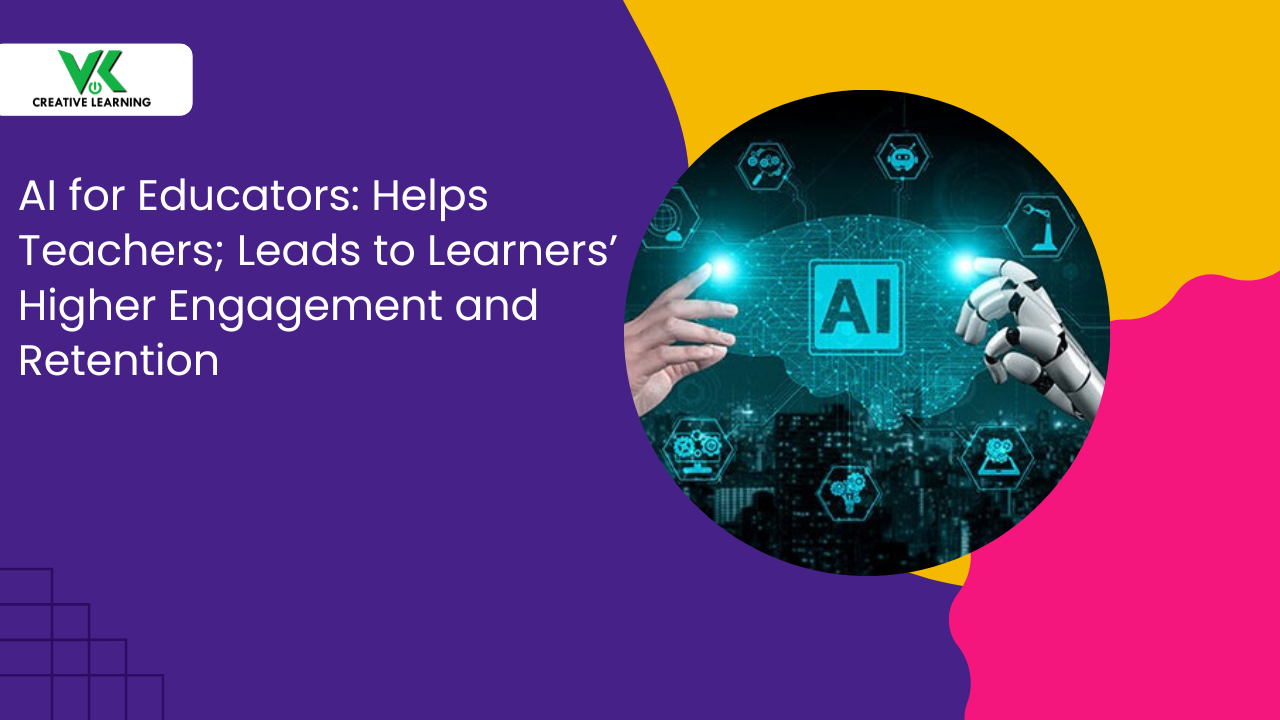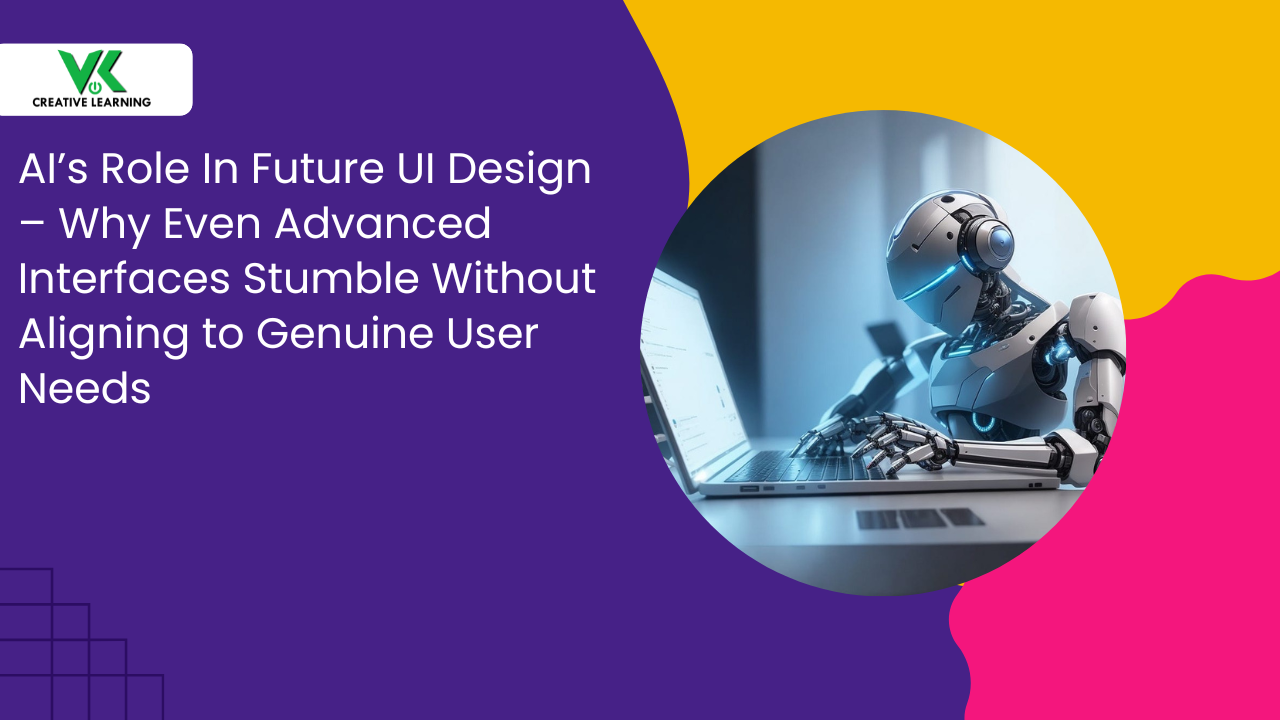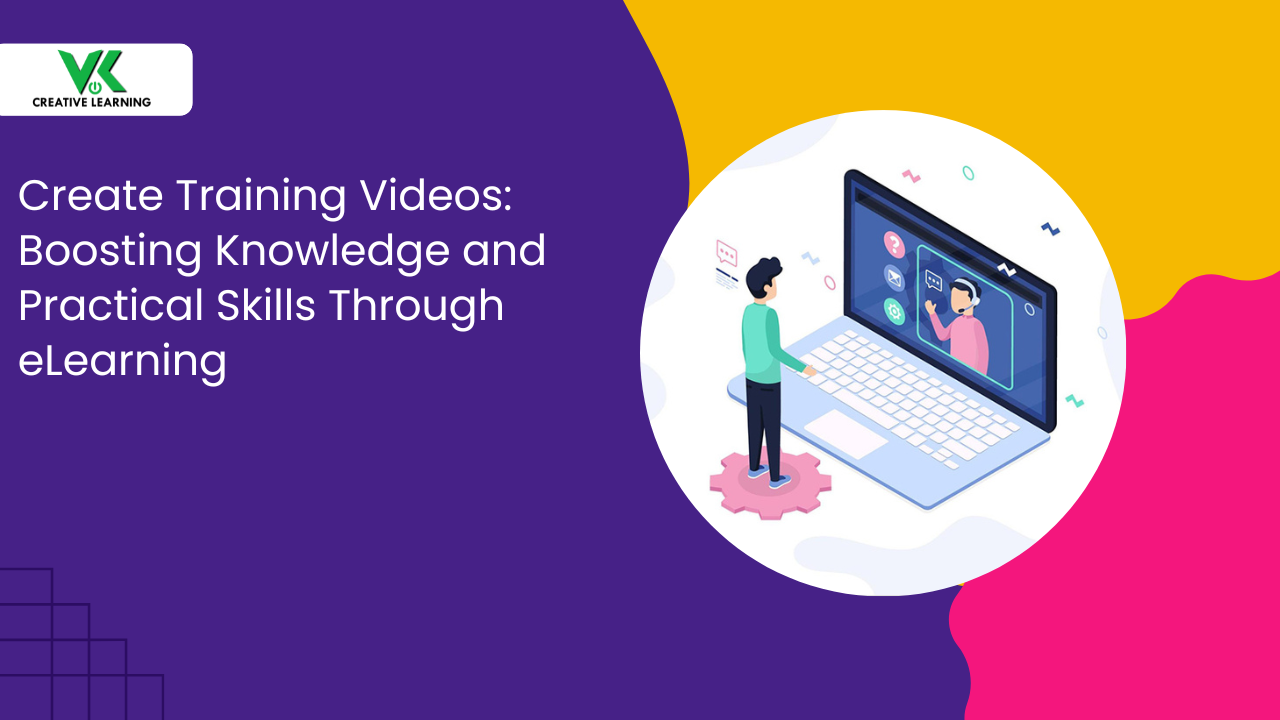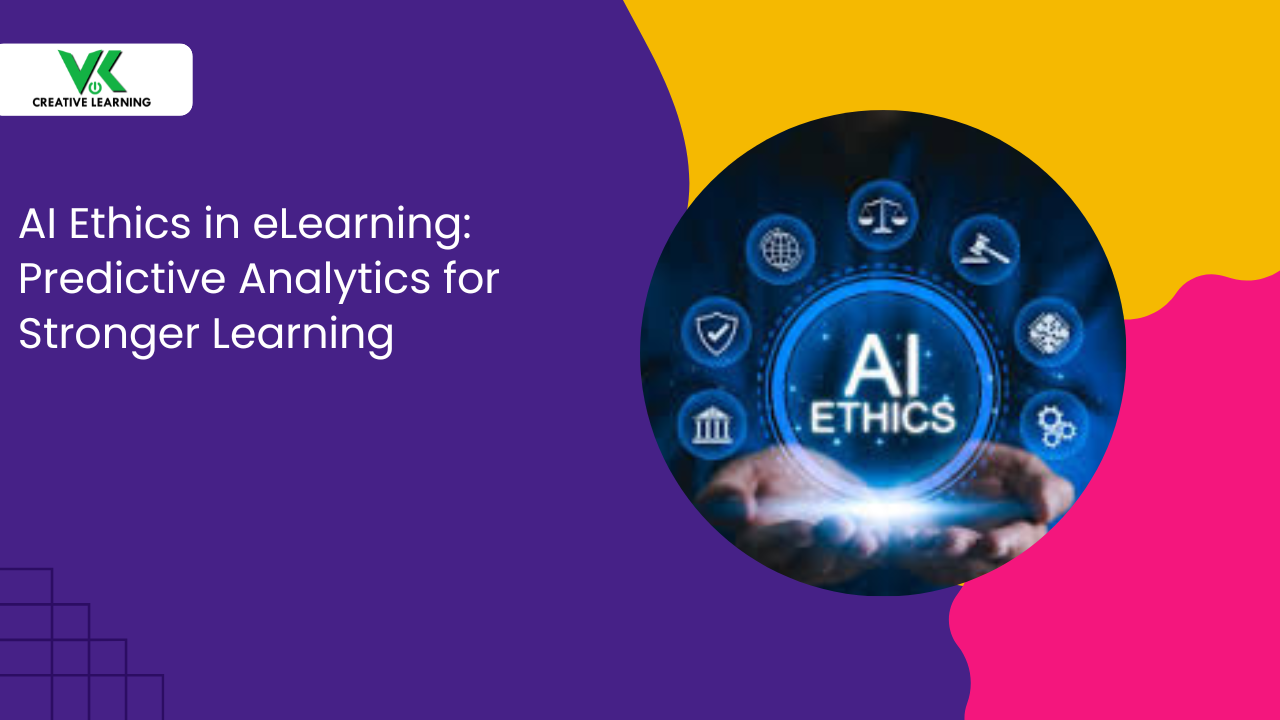AR Learning Outcomes: An In-depth Analysis and Practical Guide
September 11, 2025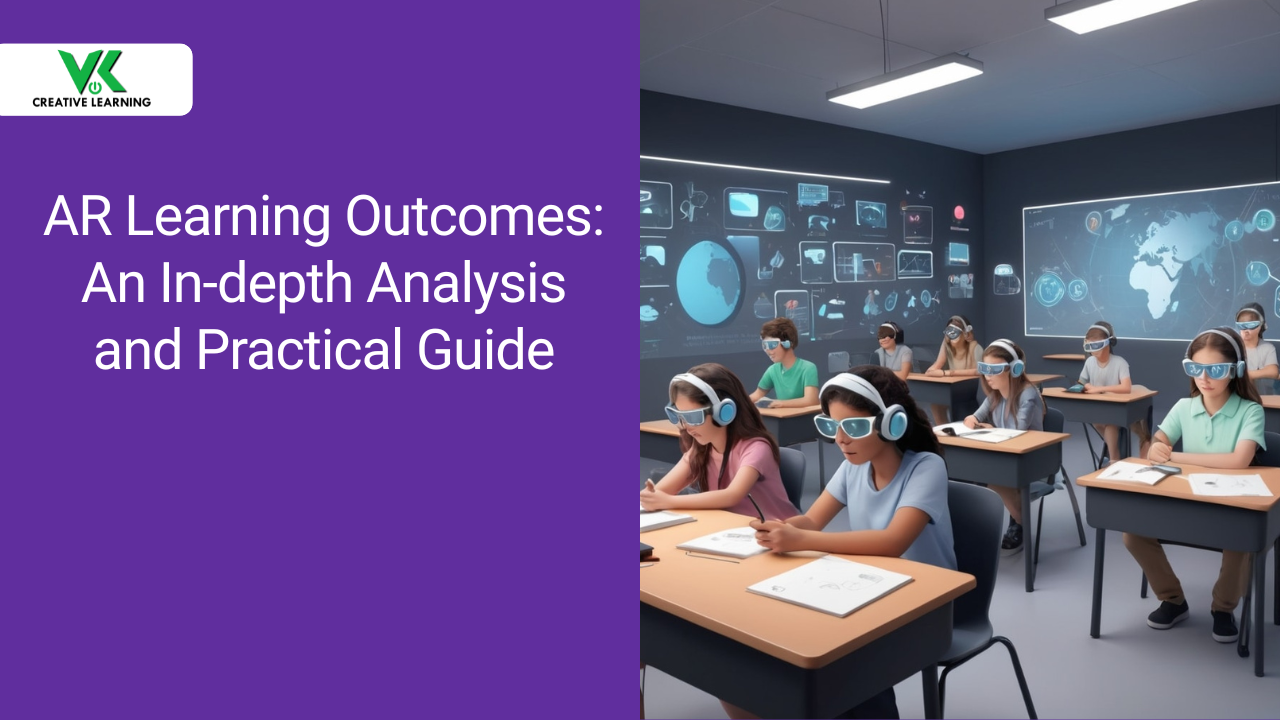
AR learning outcomes are truly measurable as learning can be evaluated through an e-learning platform. Since Augmented Reality is integrated within the e-learning system, it provides education-focused results too.
TABLE OF CONTENTS
- A Quick Look at Augmented Reality: What is It and How Does It Help?
- How AR Differs from Traditional Learning Results
- Research on Augmented Reality and Its Findings
- AR Learning Benefits for Students
- Why AR Learning Outcomes Matter to Educators?
- How does AR tech mend Learning Fissures?
- What Wonder does AR bring to Tiny-Tots?
- Real-life Use in Middle and High School
- AR Learning Outcomes: Applications in Different Subjects
- The Role of Sensory Engagement in Retention
- AR's Special Touch in Education
- Measuring AR Learning Outcome Impact: An Overview
A Quick Look at Augmented Reality: What is It and How Does It Help?
Augmented Reality is based on the concept of using a device to understand how things happen around us. What the technology does is it provides information on where the device is pointed. For this to happen, information regarding the entity must already be present in the database.
Thus, Augmented Reality (a visual learning engagement tool) is based on a real-world digital overlay of detailed information.
Learners grasp concepts by observing details of the surroundings as it is seen in their actual world. For example, a student can see a castle--a towering virtual one. Thus, the information is right at their fingertips as when needed. The AR learning outcomes also include specific learning outcomes checks so that knowledge growth happens--not just flashy-visual fun.
How AR Differs from Traditional Learning Results
Unlike passive, traditional methods, AR learning happens with handheld devices, providing an explanation of objects\living things around us. The outcomes spring from direct participation; that is: interactive-learning performance measure.
Elaborately, a user points the device at something about which information is required. AR-based app gives overlaid information; can be functioning, properties, history, etc.
Example: A child can hold a device pointing at the moon, and voila, the necessary information about the Earth’s satellite is ready.
Thus, students just don't read as it happens in passive learning, but they are fully engrossed instead. This builds a [stronger, deeper] recall; learners don’t just hear words. It evaluates understanding and the [special-emotional] connection to learning. That [heartfelt] connection makes tough as well as new information stick in the minds of the students.
Research on Augmented Reality and Its Findings
Some research shows clear-cut links between AR and comprehension. In school labs [well-controlled], students can use AR-based e-learning for learning biology lessons. Also, they can use it to get a firm grasp of the anatomy of an animal—all virtually done.
Also, imagine students dissecting a virtual frog, no fear, and an in-depth understanding happens. These AR-using students may also score much higher than their [textbook-only] peers.
The AR learning benefits also include curiosity spurred in students by this [visual-spatial] engagement.
AR learning outcomes also includes students getting into highly-collaborative peer-to-peer discussions through AR-based platforms. Such game-changing findings establish AR as a really serious instructional method.
There is some research on Augmented Reality to use in different fields through which the students will benefit. These can be school and college learners, and even researchers can use it.
AR Learning Benefits for Students
The top AR’s benefit is this: blending the real-world context (surroundings-view) with screen-based digital imagination. These are computer-based pictures and information--AR learning outcome. This fusion bolsters engagement; it builds critical-thinking skills (puzzle-solving-brain-power). A geography lesson could let a student spin a [make-believe] virtual globe.
Imagine a kid saying, "I'm holding the Earth--cool!" You watch plates shift; you predict quakes. The result--more of a hands-on-style applied understanding with a device pointed at some objects.
Hence, AR learning outcomes go well beyond rote learning. AR also coaxes learners into discovery; it nurtures (do-it-yourself) independent learning habits. This turns into a self-guided discovery habit when it comes to learning.
Why AR Learning Outcomes Matter to Educators?
So, in many ways, these AR learning outcomes aid as a teacher-assessment metric and serve as a yardstick for teaching difficult concepts. For educators, they are evidence of getting into the details of lessons--an instructional success. Thus, it works as an effective teaching methodology--with positive reinforcement of concepts.
Also, an AR chemistry/biology experiment brings about much-improved lab safety skills. Especially for chemistry-based experiments, it turns out to be hazard-free--that's a rock-solid gain.
In addition, teachers can later fine-tune content lessons with an extra focus on look-and-feel visual-spatial tasks as well as students' scores.
How does AR tech Mend Learning Fissures?
AR learning benefits can be to fill hard-to-reach learning-voids--be it any subject. Reason: Old-school teaching may sometimes not explain the visualization of concepts. Think about this situation: a difficulty-facing reader may find the use of many technical words and multiple diagrams overwhelming in a textbook.
But AR’s step-by-step animations (layered-learning visual aids) make concepts simpler--concept-clarifying moving pictures.
Imagine building a house with LEGOs: you get one instruction, then another--not the whole book at once. In math, seeing a 3D animated pie chart with an audio-based explanation helps to learn the concepts in detail.
Importantly, it clarifies hard-to-learn fractions--unlike non-moving pictures, and that too multiple images. This kind of effortful approach by the built-in algorithms in an e-learning platform works as a learning guide.
The best aspect: Augmented Reality in education research shows that such approaches complement teaching. Also, it renders an in-depth understanding to the students and offers a fresh perspective for getting a strong hold of the concepts. As a result of this, the results are higher-achieving grades for students, and guess what, frustration gradually melts away.
What Wonder does AR bring to Tiny-Tots?
For early-stage students, AR learning outcomes are phenomenal as it has a child-centered focus. This happens along with play-based learning goals.
AI learning outcomes are such that they are centered on generating curiosity among students. The emphasis is also on strengthening core concepts and expanding the current knowledge base.
Imagine this: a child points a tablet with an e-learning app at a flashcard. The e-learning app immediately does this: "A" morphs the letter into a fully-animated apple. The children can also rotate the apple the way they like--a hands-on learning approach.
Similarly, children can point their device with an AI-based e-learning app at objects to understand them, especially features.
It is like seeing inside a toy car's engine; you understand how it moves. Suddenly, different hard-to-picture symbols become meaningful.
Teachers report more focused engagement levels as students gain knowledge and answer more questions.
As far as the distractions are concerned, they automatically fizzle out during these AR-based sessions. In sync with this, Augmented Reality in education research also shows longer-lasting attention spans.
Over a period of time, with the utilization of an AR-based e-learning app, students excel and develop a deeper understanding about various topics.
Real-life Use in Middle and High School
For students in higher grades, AR focuses more on conceptual ideas and pushes students to think deeper.
In addition, creative thinking is encouraged, along with coming to their own conclusions. This is known as student-focused engagement using an AR-based virtual app. Elaborately, the learners can view real-time information as when needed and learn.
AR Learning Outcomes: Applications in Different Subjects
Besides, students can view which battles were fought at what period and get to the bottom of the events. Students can also view the creation of mountains, known structures, or other natural phenomena. Then, students can discuss these experiences with other students in their class. Importantly, the learning outcome is precious as students view information up close and learn.
They start understanding the “whys”, "hows ", and the real story behind real-world occurrences. With AI-based e-learning, science labs get a boost owing to overlaid detailed information and labeling of information.
Such applications turn facts into experiences, and students can link the generated information to actual-world applications.
The Role of Sensory Engagement in Retention
It has been noted that certain concepts or ideas stick in the memory of students--but how? This happens because the human brain wants context-based inputs and useful facts that can be connected to experience.
Augmented Reality in education research also shows that visually digital details provide multi-sensory retention. The e-learning, powered by AI algorithms, offers see-and-touch learning. This eventually leads to long-term memory remembrance of concepts.
The more they see and hear, the topic concepts gradually cement in the minds of the students. Think of the learning process like baking a sweet-smelling cookie. When chefs see cookies, they recall the smell, the steps, and the taste.
Also, AR lessons layer visuals related to concepts with sound effects. Example: when a student checks out a 3D molecule, later they'll better recall its complex structure. Thus, AI learning outcomes ensure that memory is tied to visual experiences.
AR's Special Touch in Education
AR-based e-learning supports overcoming learning challenges based on students' needs. Elaborately put, for a child with dyslexia [a-word-reading-disorder], seeing [lively-and-moving] animated letters respond to touch can really iron out reading-flow issues.
Think of letters that wiggle and giggle when you touch them correctly--making learning to read a fun game. AR also helps students with autism [a-social-interaction-difficulty] better understand facial expressions.
Precisely, it overlays emotion cues: feeling-identifier-overlays, and expression-explainer-graphics in real-time. Example: Suppose a student is talking to a friend, and a happy-face icon pops up near them on the screen when they smile. These [custom-fit] experiences lead to improved confidence among learners.
Measuring AR Learning Outcome Impact: An Overview
Gauging AR learning student-progress-tracking and knowledge-gain-measurement requires more than by-the-book tests. Teachers can track deep-focus-duration engagement time; they note the quality of questions asked.
They also watch for the ability to apply knowledge in brand-new scenario contexts. For instance, students design a fully-functional working bridge in an AR app. Then, they explain the force-and-motion rules, or structure-stability principles.
It’s like building a strong bridge with digital blocks. Following this, they tell the teacher why it won't fall--shows a deep understanding. Observations, classmate-to-classmate peer feedback, and digital analytics can all play a part.
Wrapping Up: Why Do AR's Learning Upshots Matter Now?
AR-based e-learning is a learning-focused platform, and its upshots are very telling. In fact, they are insight-giving windows; they show a student's concept-deep understanding.
For instance, think of your science textbook lessons. With an Augmented Reality e-learning app, you could point a tablet at a flat picture of the solar system. A 3D model of multiple planets, along with stars and constellations, shows up, spinning right on your desk. This is a wonderful type of learning through AR integration in action-- and this makes learning enjoyable,
This helps remember hard concepts of different subjects. Global institutions can harness these AR learning outcomes to build wonder-filled lessons by partnering with VK Creative Learning.
